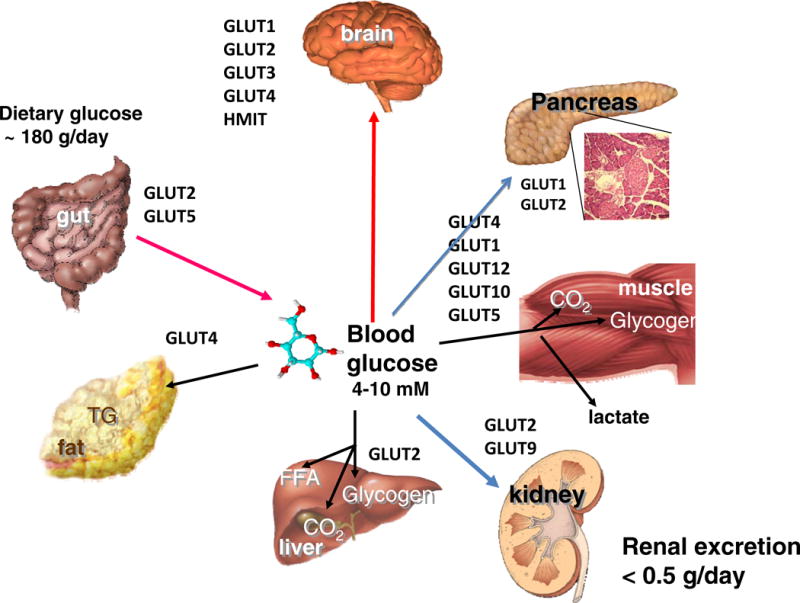Figure 6. Role of GLUT Proteins in the Maintenance of glucose homeostasis.

Glucose enters the hepatic portal system by transport across the gut via SGLT1 and GLUT2. In humans about one-third of blood glucose is carried within the red cell cytoplasm due to the very high level of expression of Glut1 and subsequent equilibration that occurs across the red cell membrane. Fructose crosses the gut via GLUT5. Most absorbed glucose escapes permanent catabolism by the hepatic system (which it enters via GLUT2) except when hepatic glycogen levels are low. Dietary fructose is mostly metabolized in the gut and liver and consequently circulating levels are very low. In the resting state most circulating glucose is oxidized by the central nervous after crossing the blood brain barrier via GLUT1 and enters parenchymal cells of the brain via GLUT3 (neurons) and GLUT1 (astrocytes). HMIT transports inositol against its concentration gradient in many brain cells. Other Glut proteins are expressed at lower levels and/or in smaller numbers of brain parenchymal cells and some, such as GLUT2 and GLUT4, may participate in fuel sensing by individual neurons. During exercise skeletal muscle consumes the bulk of circulating glucose via uptake by Glut1 in the endothelium and hence via Glut4 into muscle fibers. Glucose entering resting muscle is mostly converted to glycogen. Most glucose taken up into fat depots (via GLUT4) provides the glycerol moieties for the synthesis of triglycerides. Adipose tissue is also a critical endocrine organ with respect to glucose homeostasis and secretes numerous adipokines and cytokines that regulate this process. The most important organ of all with respect to the regulation of whole body glucose homeostasis is the endocrine pancreas, especially the insulin-secreting beta cells that sense blood glucose levels after initial uptake via GLUT1 (humans) or GLUT2 (rodents). Glucose is efficiently retained by the human body and very little is lost to urinary excretion, due to the combined actions of SGLT2 and GLUT2. (Figure is courtesy of Ernest Wright, UCLA Medical School).
